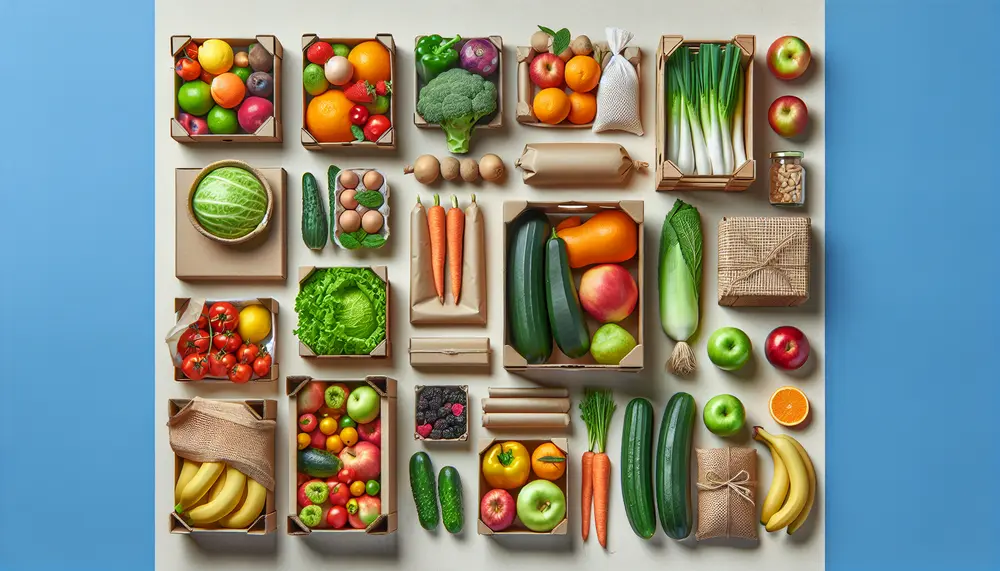Container
Container
Container in Packaging
A container is a crucial element in the world of packaging. It holds, protects, and preserves products during storage and transport. Containers come in various shapes, sizes, and materials to suit different needs.
Types of Containers
There are many types of containers used in packaging. Common examples include boxes, bottles, cans, and jars. Each type serves a specific purpose and is chosen based on the product it will hold.
Materials Used
Containers can be made from different materials. Popular choices include plastic, glass, metal, and cardboard. The material affects the container's durability, weight, and cost.
Functions of a Container
A container has several key functions. It protects the product from damage, contamination, and spoilage. It also makes handling and transportation easier. Additionally, containers often provide important information about the product.
Choosing the Right Container
Selecting the right container is vital for effective packaging. Consider the product's nature, shelf life, and transportation needs. The right container ensures the product reaches the consumer in perfect condition.
Blog Posts with the term: Container
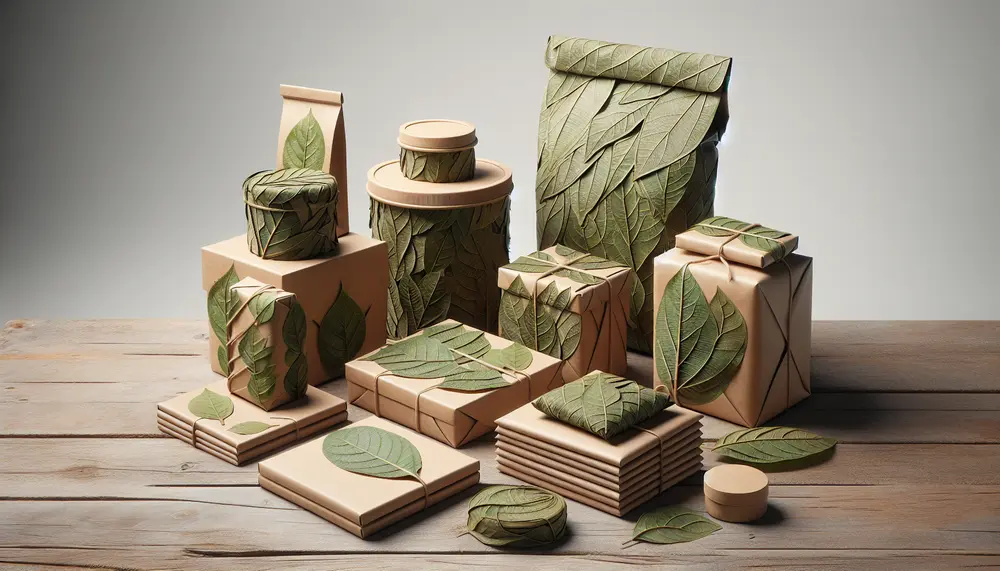
Leaf-based packaging materials are ancient practices re-emerging for modern sustainability, utilizing plant leaves as biodegradable and renewable solutions with minimal environmental impact. They reduce carbon emissions compared to plastic production, decompose rapidly without toxic residues, and align with circular economy...
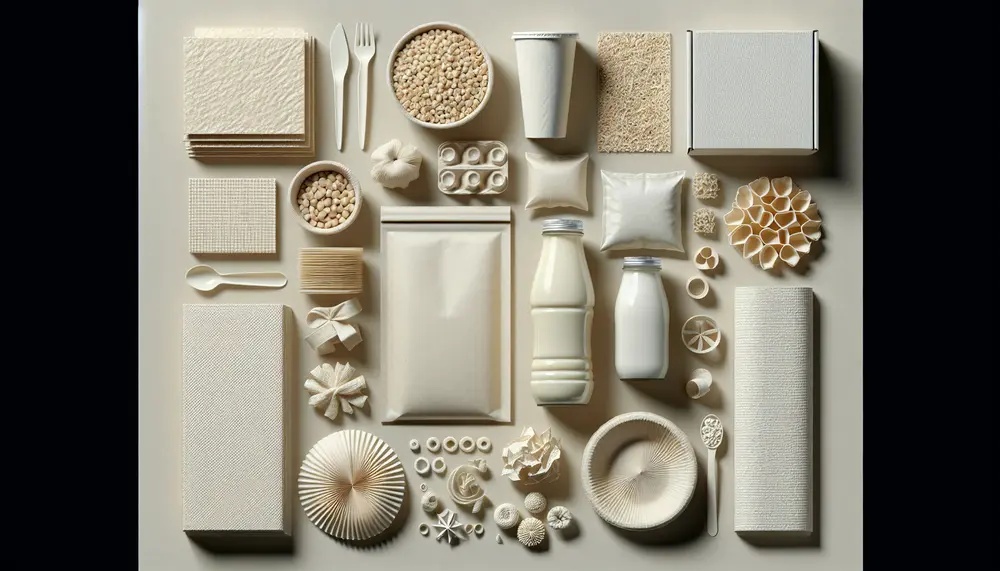
Cornstarch is a biodegradable, eco-friendly alternative to traditional packaging materials, offering similar functionalities with less environmental impact. It's used in various industries for products like containers and bags, reduces reliance on fossil fuels, and supports climate change efforts by emitting...
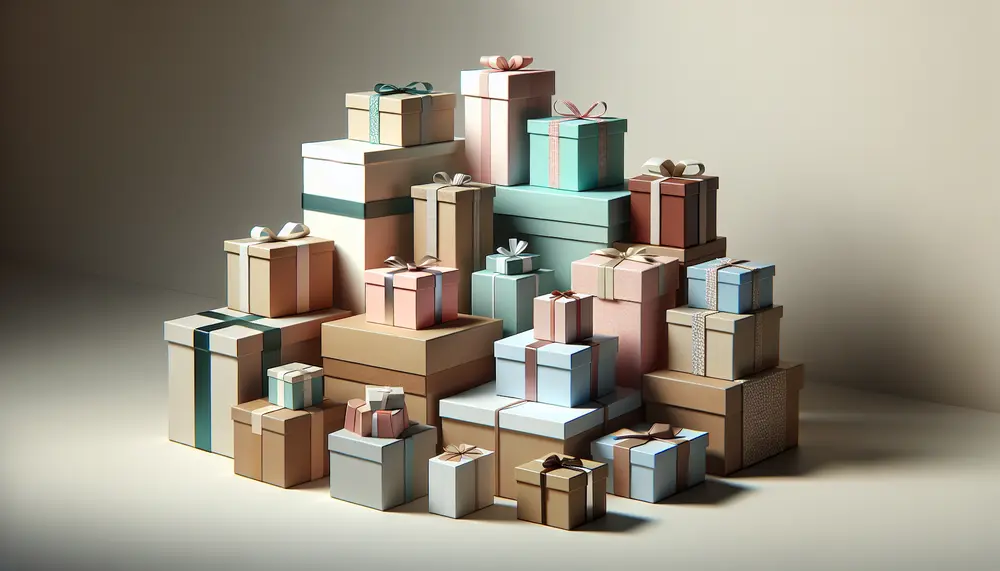
Unique packaging designs enhance gift boxes by creating memorable unboxing experiences and reflecting the giver's care. Personal touches, eco-friendly materials, and innovative design elements can elevate both personal gifts and brand identity. Creative packaging for gifts makes a strong first impression,...
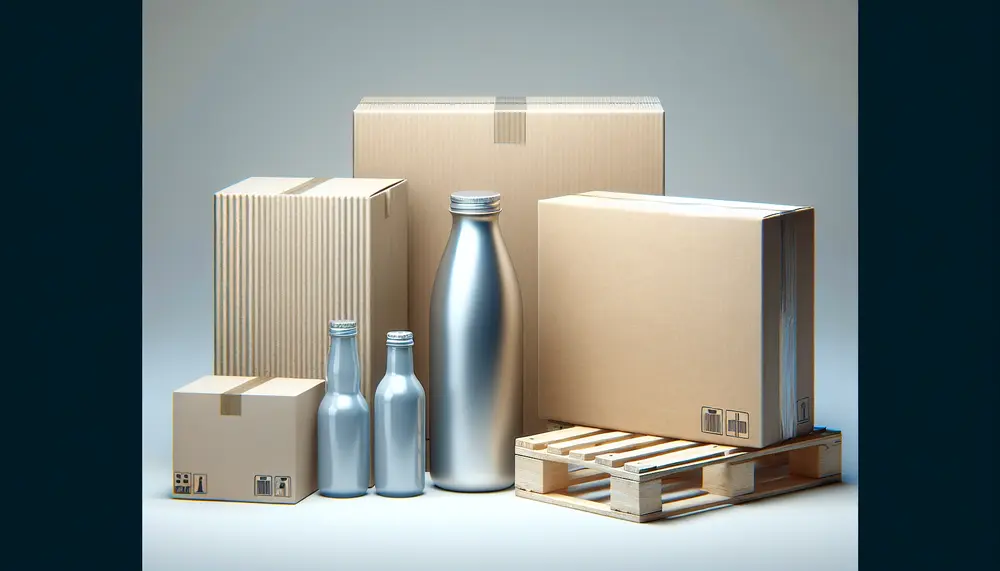
Packaging levels refer to the layers of packaging used from production to consumer, including primary (direct product contact), secondary (grouping and branding), and tertiary (bulk handling). Each level serves distinct purposes in protection, marketing, transportation, and regulatory compliance....
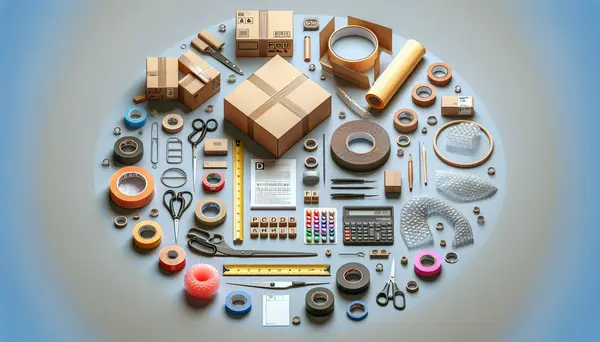
Packaging design is a process of creating exterior product protection and communication tool that encapsulate a brand's identity, conveys essential information about the product, and influences consumer purchasing decisions. Designers should prioritize clarity and simplicity, emphasize originality, ensure functionality, design...
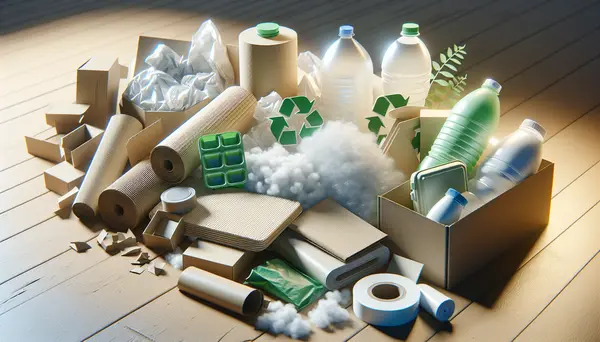
Sustainability in packaging design is a crucial issue that focuses on environmentally friendly practices and materials throughout the packaging process, with the goal of reducing environmental impact. It entails using the three Rs - reduce, reuse and recycle - to...

The Kenyan packaging market is valued at around $585 million, driven by sectors like agriculture and manufacturing which contribute to the GDP; growth in consumer demand has led to innovations such as small affordable packages and a shift towards sustainable...
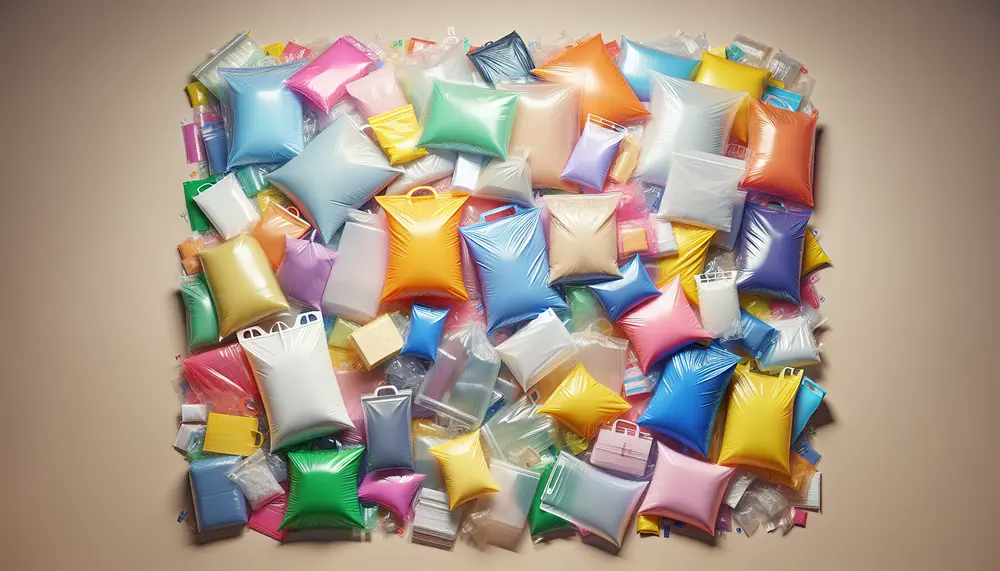
LDPE bags are versatile and durable packaging solutions made from Low-Density Polyethylene, suitable for a wide range of applications including food packaging, medical supplies, retail merchandise, industrial parts, and agricultural products. They offer benefits such as cost efficiency, protective qualities...

HDPE packaging is valued for its durability, lightweight nature, and resistance to environmental factors. It's versatile in shape and size customization, cost-effective during transport due to its light weight, and environmentally friendly as it's 100% recyclable. High-density polyethylene (HDPE) is a...
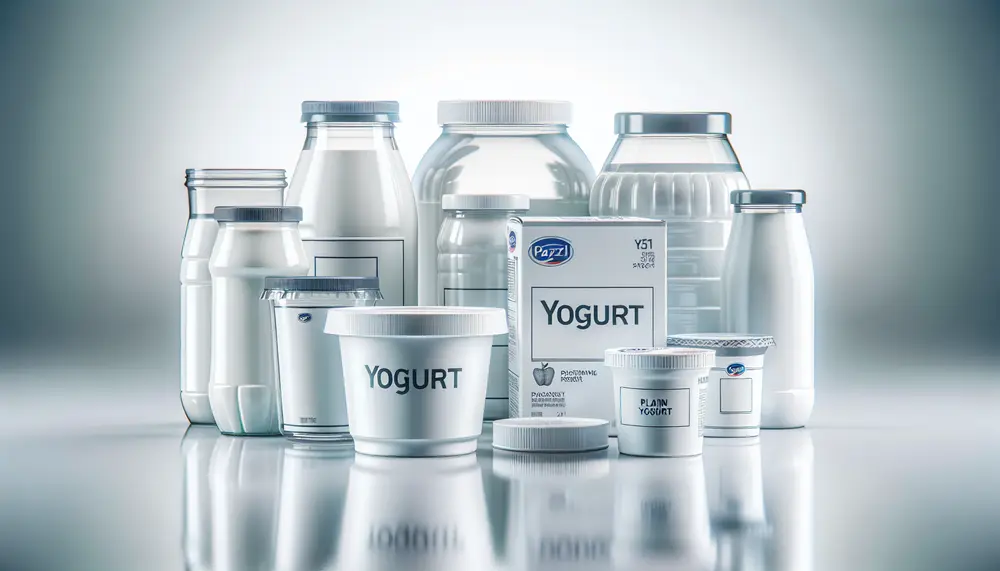
The article discusses the significance of yogurt packaging materials in preserving quality, extending shelf life, and marketing. It highlights various types of packaging like glass, plastic, composites, eco-friendly alternatives, and metal containers with their respective properties. Packaging choices for yogurt impact...
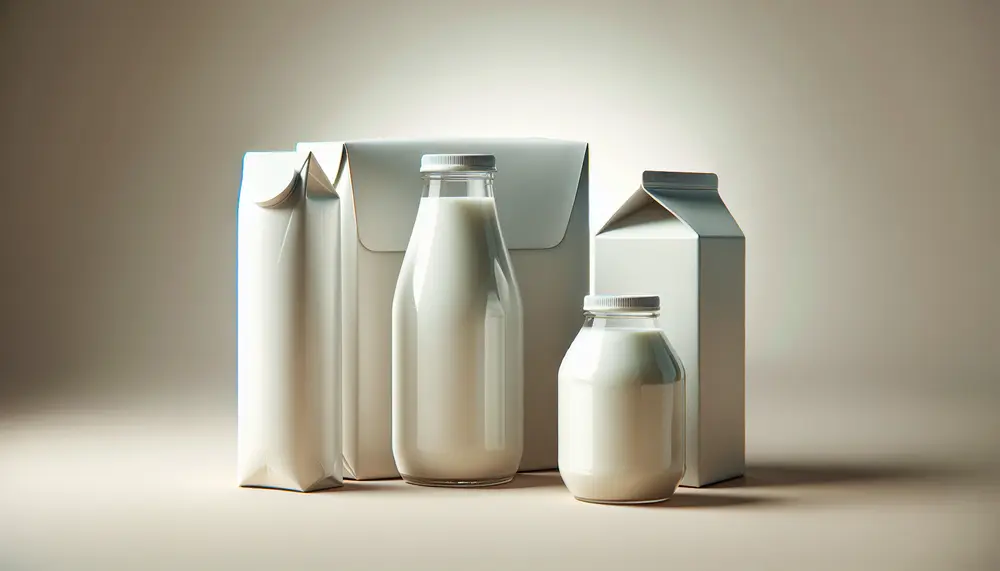
This article discusses the evolution and variety of milk packaging materials, highlighting their role in preserving milk's freshness, taste, and nutrition. It covers historical advancements from glass bottles to modern sustainable options, examining each material's benefits and drawbacks for consumers...
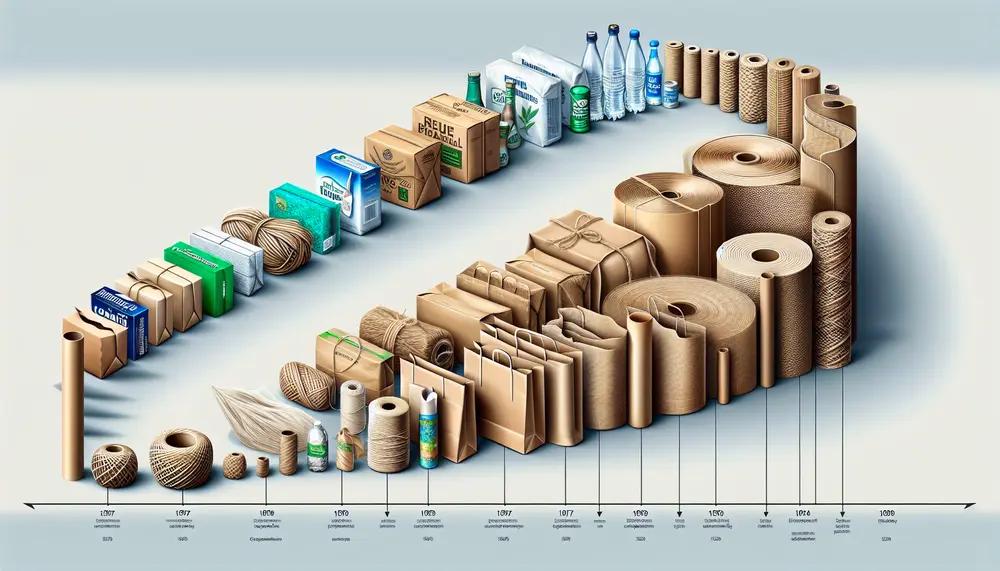
Packaging is a complex, engineered process for product protection, presentation, and preservation with functions including containment and information. It has evolved to incorporate user experience, environmental considerations, and technological advancements. Historically packaging materials have advanced from natural resources to modern lightweight...
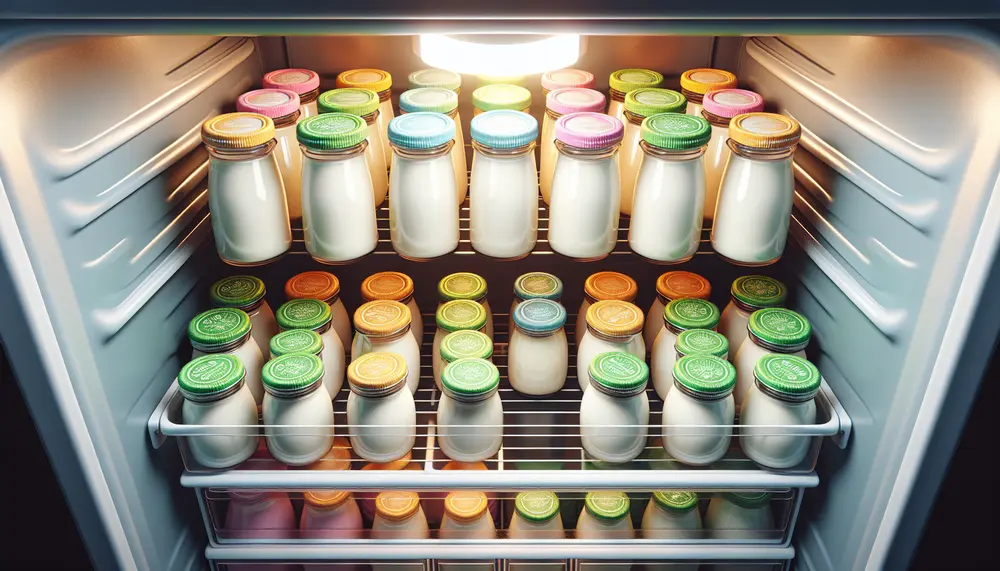
Yogurt packaging is essential for maintaining freshness, quality, and safety; it requires an effective barrier against oxygen and light, strength during transportation, regulatory compliance for food contact, and advanced sealing technology. Innovations in the market include smart features like freshness...
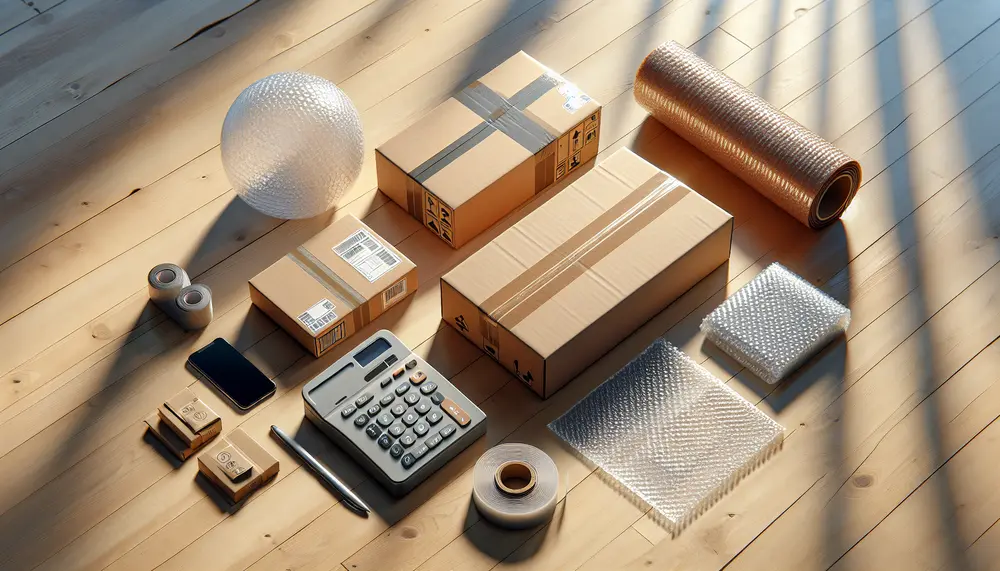
The packaging HS code is a ten-digit number essential for international trade, determining tariffs and ensuring compliance with regulations. It's part of the Harmonized System used globally by customs to classify products, where the first six digits are universal and...

